Home>diy>Building & Construction>What Should Drivers Do When Approaching A Construction Area
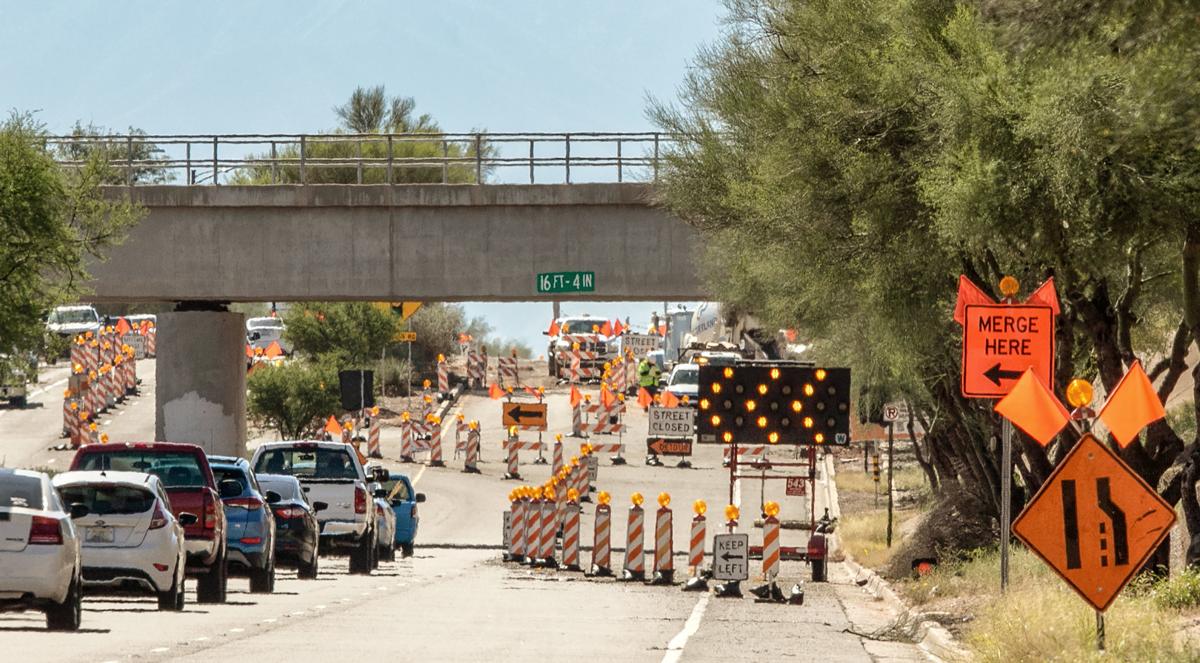

Building & Construction
What Should Drivers Do When Approaching A Construction Area
Modified: January 24, 2024
Discover important safety tips for drivers when approaching a building construction area. Stay alert, slow down, and follow signs to ensure a secure road experience.
(Many of the links in this article redirect to a specific reviewed product. Your purchase of these products through affiliate links helps to generate commission for Storables.com, at no extra cost. Learn more)
Introduction
Welcome to the world of construction zones, where orange cones, barricades, and heavy machinery become a part of our daily commute. As drivers, it is crucial to be aware of the potential hazards and take the necessary precautions when approaching or driving through these construction areas.
Construction zones are temporary work areas established to improve road infrastructure, repair damages, or construct new roads. These zones are generally marked by warning signs to alert drivers in advance. It is vital for drivers to understand the importance of obeying these signs and following the guidelines provided, as it ensures not only their safety but also the safety of the construction workers.
In this article, we will explore the key actions drivers should take when approaching a construction area. By adhering to these guidelines, we can contribute to safer roads and smoother construction processes.
Key Takeaways:
- Obeying construction area signs, reducing speed, and following flaggers’ instructions are crucial for safe navigation through construction zones, ensuring the safety of drivers and construction workers.
- Maintaining a safe following distance, being prepared for sudden stops, and using caution when passing construction vehicles are essential practices for safe driving in construction areas, contributing to a secure and efficient environment.
Importance of Obeying Construction Area Signs
Construction area signs provide crucial information to drivers about the upcoming road conditions, potential hazards, and necessary actions to take. Ignoring or disregarding these signs can lead to accidents, injuries, and delays. Therefore, it is imperative for drivers to understand the significance of obeying construction area signs.
First and foremost, construction area signs are put in place to ensure the safety of both the drivers and the construction workers. These signs indicate reduced speed limits, lane closures, detours, and other instructions that help mitigate potential dangers. By adhering to these signs, drivers can navigate through the construction zone in a controlled manner, reducing the risk of collisions and injuries.
Additionally, ignoring construction area signs can result in legal consequences. Traffic laws are enforced in construction zones, and penalties for speeding or disregarding signs can be severe. By ignoring these signs, drivers not only put themselves at risk but also run the risk of fines, points on their driving record, or even license suspension. It is essential to understand that these rules are in place to maintain order and protect everyone involved.
Another essential aspect of obeying construction area signs is the smooth flow of traffic. Construction zones can cause delays and disruptions, but following the instructions on the signs can help minimize these inconveniences. By merging early, following designated lanes, and adjusting their speed accordingly, drivers can contribute to the efficient movement of traffic through the construction area. This not only benefits other drivers but also helps the construction crew carry out their work without unnecessary disruptions.
In summary, obeying construction area signs is crucial for the safety of both drivers and construction workers, as well as for maintaining order, minimizing disruptions, and avoiding legal consequences. By understanding and respecting these signs, drivers can navigate through construction zones with caution and contribute to safer and more efficient roadways.
Reduce Speed and Be Alert
One of the most important actions drivers should take when approaching a construction area is to reduce their speed and maintain a high level of alertness. Construction zones often present unpredictable conditions, such as uneven road surfaces, debris, or unexpected lane shifts. By slowing down and being attentive, drivers can better react to potential hazards and ensure their safety as well as the safety of others on the road.
Reducing speed is crucial because it allows drivers to have more time to observe and assess the surroundings. It provides a buffer zone in case of sudden changes in road conditions or unexpected traffic patterns. Additionally, lower speeds reduce the risk of losing control of the vehicle in construction zones known for slippery or uneven surfaces.
Being alert and attentive means avoiding distractions and focusing solely on the road. In construction zones, distractions can be detrimental. Electronic devices, eating, grooming, or engaging in any activity that diverts attention from driving should be avoided. Drivers must keep their eyes on the road, hands on the steering wheel, and mind focused on the task at hand. This heightened level of attention ensures that drivers can quickly react to any potential hazards or changes in the road conditions within the construction area.
It is also important to pay attention to any warning signs, signals, or flaggers directing traffic. These indicators may provide instructions on speed limits, lane closures, or detours. By closely following these instructions, drivers can navigate through the construction area smoothly and safely.
By reducing speed and being alert in construction zones, drivers demonstrate a proactive approach to safety. This responsible behavior not only protects themselves and their passengers but also contributes to the overall safety of everyone in the vicinity.
Merge Early and Use Designated Lanes
When approaching a construction area, it is important for drivers to merge early and use the designated lanes specified by signage. This not only helps maintain a smooth flow of traffic but also ensures the safety of both drivers and construction workers.
Merging early allows for a gradual transition into the designated lane, reducing the need for last-minute lane changes and sudden maneuvers. This helps to prevent congestion and potential accidents. It also allows drivers to anticipate the upcoming lane closure or merge point, providing ample time to adjust their speed and position accordingly.
Using the designated lanes indicated by signage is essential for driver safety and the efficiency of construction work. Road construction often involves closing certain lanes or diverting traffic onto temporary lanes. These temporary lanes are designed to accommodate the traffic flow and provide a safe passage through the construction zone. It is imperative for drivers to follow these designated lanes and avoid driving in closed or restricted areas.
By merging early and using designated lanes, drivers contribute to a smoother traffic flow through construction areas. This allows construction crews to work efficiently and minimizes delays for all those involved. It is important to remember that construction zones require patience and cooperation from drivers, and adhering to these guidelines helps maintain a safe and organized environment.
Additionally, it is crucial to respect the right of way when merging. Yield to traffic already in the lane you are merging into and ensure a safe distance between your vehicle and the vehicles around you. Use appropriate signals to indicate your intention to merge and communicate with other drivers on the road. This cooperative approach promotes safer merging and reduces the risk of accidents.
Overall, merging early and using designated lanes is an important aspect of navigating construction areas safely. By following these guidelines, drivers can contribute to a smoother traffic flow, enhance the efficiency of construction work, and reduce the risk of accidents within the construction zone.
Watch for Flaggers and Follow Their Instructions
When driving through a construction area, it is crucial to keep a vigilant eye out for flaggers and to obey their instructions. Flaggers are individuals who are responsible for directing traffic and ensuring the safety of both drivers and construction workers. By paying attention to flaggers and following their guidance, drivers can navigate through the construction zone safely and efficiently.
Flaggers usually wear high-visibility clothing and hold a stop sign or a paddle with specific hand signals. These signals communicate important instructions to drivers, such as when to stop, proceed, or merge. It is essential to familiarize oneself with these hand signals and to be prepared to respond accordingly when approaching a flagger.
When approaching a flagger, drivers should reduce their speed and be ready to come to a complete stop if instructed to do so. It is important to maintain a safe following distance from the vehicle ahead while keeping an eye on the flagger’s signals. This allows for quick and responsive actions, ensuring the safety of all parties involved.
It is crucial to respect and follow the instructions given by flaggers. Their signals take precedence over traffic signs or signals, as they are in direct communication with the construction crew and have a thorough understanding of the ongoing work and any potential hazards. Disregarding flaggers’ instructions not only puts oneself at risk but also jeopardizes the safety of construction workers and other drivers.
Flaggers are typically positioned strategically to guide traffic through construction zones. They may direct drivers to alternate routes or temporary detours. Drivers should follow their instructions and remain patient, understanding that the flagger’s main priority is the safety of everyone on the road.
It is essential to approach flagger-controlled areas with caution and to be prepared for sudden stops or changes in traffic flow. By paying attention to the flaggers and cooperating with their instructions, drivers can contribute to a safer and more efficient movement of traffic through the construction area.
In summary, drivers should watch for flaggers when entering a construction zone and must follow their instructions carefully. By doing so, drivers not only ensure their own safety but also contribute to a well-coordinated flow of traffic and the smooth progress of construction work.
When approaching a construction area, drivers should slow down, be prepared to stop, and follow any posted signs or flagger instructions. It’s important to stay alert and be aware of changing road conditions.
Read more: What Should Be In The Dramatic Play Area
Maintain a Safe Following Distance
One of the key principles of safe driving in any situation, including construction areas, is maintaining a safe following distance. This distance refers to the space between your vehicle and the vehicle ahead of you. By keeping a safe following distance, drivers can effectively reduce the risk of rear-end collisions and provide enough time to react to sudden stops or changes in traffic flow within the construction zone.
The appropriate following distance depends on various factors, such as road conditions, speed, and weather. A general rule of thumb is to maintain at least a three-second gap between your vehicle and the one in front. To measure this gap, choose a fixed object on the road, such as a sign or a lamppost. When the vehicle ahead passes that object, start counting. If you reach the same object before reaching three seconds, you are following too closely and should increase your distance.
In construction areas, it is even more crucial to maintain a safe following distance due to potential hazards like sudden stops or lane closures. Construction vehicles and equipment may need to merge or perform maneuvers that can slow down traffic unexpectedly. By leaving enough space between your vehicle and the one ahead, you can anticipate and react to these situations without compromising safety.
Furthermore, a safe following distance allows for greater visibility and better reaction time. It provides a clear line of sight, enabling you to observe any potential hazards or actions by other drivers within the construction area. This increased visibility is particularly important when navigating through temporary lanes, narrowed roadways, or areas where construction workers are present.
By maintaining a safe following distance, drivers also demonstrate respect and consideration for construction workers. It gives the workers space to carry out their tasks without feeling endangered or rushed. Construction zones can be hazardous environments, and by providing a safe and adequate following distance, drivers contribute to the overall safety and efficiency of the work being performed.
Remember, maintaining a safe following distance is not just a matter of personal safety—it is a responsibility to ensure the safety of yourself, other drivers, and the construction workers. By practicing this important driving habit, you can minimize the risk of accidents and help create a safer environment within construction areas.
Be Prepared for Sudden Stops or Lane Closures
When driving through a construction area, it is essential to be prepared for sudden stops or lane closures. Construction zones often present unpredictable situations that may require drivers to come to a halt or change lanes abruptly. By being prepared and anticipating these scenarios, drivers can react quickly and ensure the safety of themselves and others on the road.
One of the best ways to be prepared is to reduce your speed when entering a construction zone. This allows for better control of your vehicle and gives you more time to react to any unexpected events. By driving at a slower speed, you are better equipped to handle sudden stops or lane closures with minimal risk of collision or loss of control.
Another important aspect of being prepared is to maintain constant vigilance while driving through the construction area. Keep your focus on the road ahead and scan for any signs or indicators that may suggest upcoming lane closures or other changes. Pay attention to any warning signs, cones, or traffic control devices that guide you through the construction zone. Being aware of your surroundings and staying alert allows you to adapt quickly to any sudden stops or lane closures.
It is also crucial to follow the instructions and guidance of flaggers or any personnel present in the construction area. They are there to help direct traffic, ensure safety, and communicate any necessary information to drivers. If a flagger signals you to stop or change lanes, be prepared to follow their instructions promptly and without hesitation.
Additionally, leave a sufficient distance between your vehicle and the one in front of you. This gives you ample time to react if the vehicle ahead suddenly stops or if a lane closure occurs unexpectedly. By maintaining a safe following distance, you reduce the risk of rear-end collisions and give yourself more time to respond to potential hazards.
Lastly, it is crucial to remain calm and patient in construction zones. Delays and disruptions are common, and sudden stops or lane closures may be necessary to ensure the safety of construction workers or to facilitate construction activities. By accepting these temporary inconveniences, drivers can play their part in creating a safer environment for everyone in the construction area.
In summary, being prepared for sudden stops or lane closures is essential when driving through a construction area. By reducing speed, staying alert, following instructions from flaggers or personnel, maintaining a safe following distance, and remaining calm, drivers can navigate construction zones with caution and ensure the safety of themselves and others on the road.
Stay Focused and Avoid Distractions
In any driving situation, including construction areas, it is vital to stay focused and avoid distractions. Distractions can significantly impair your ability to react to sudden changes or hazards within the construction zone, putting yourself and others at risk. By maintaining focus and minimizing distractions, drivers can navigate through construction areas safely and contribute to the overall safety of the road.
One of the most common and dangerous distractions for drivers is the use of electronic devices, such as cell phones. Texting, talking, or even glancing at a mobile device diverts your attention from the road and increases the likelihood of accidents. It is essential to resist the temptation to use your phone while driving through a construction area. If necessary, pull over to a safe location before using your electronic devices.
In addition to electronic devices, other distractions may include eating, drinking, grooming, reading, or even engaging in intense conversations. These activities divert your attention from the task of driving and can lead to delayed reactions or poor decision-making in critical moments. It is essential to eliminate these distractions and concentrate solely on the road ahead.
Another significant distraction within construction areas is the visual stimuli, including the construction activities, equipment, and workers. While it may be interesting to observe the construction work, it is crucial to remember that your primary focus should be on driving safely. Avoid being overly curious or trying to take photos or videos while driving. The visual distractions can compromise your awareness of road conditions and increase the chances of accidents.
To stay focused and avoid distractions, it can be helpful to plan ahead. Preparing your route and familiarizing yourself with the construction zones in advance can reduce the likelihood of sudden surprises and allow you to maintain focus on driving. If possible, use navigation systems that offer real-time traffic updates, helping you navigate through construction areas more efficiently.
By staying focused and avoiding distractions, drivers can increase their awareness of potential hazards and be prepared to react appropriately within construction areas. Remember that promoting a distraction-free mindset not only ensures the safety of yourself and others on the road but also demonstrates responsible and considerate driving behavior.
Use Caution When Passing Construction Vehicles
When driving through a construction area, it is crucial to exercise caution when passing construction vehicles. Construction vehicles are often larger, slower-moving, and may have limited visibility, presenting unique challenges for drivers. By understanding the potential risks and following certain guidelines, drivers can safely navigate around construction vehicles and ensure the safety of all road users.
First and foremost, it is important to maintain a safe distance when following a construction vehicle. These vehicles may make sudden stops or maneuvers, such as pulling into or out of the construction zone. By leaving ample space between your vehicle and the construction vehicle, you provide yourself with sufficient time to react to any unexpected actions.
When passing a construction vehicle, always signal your intention and check for any blind spots. Construction vehicles, such as dump trucks or cranes, often have large blind spots, making it difficult for the driver to see approaching vehicles. Make sure you are visible to the driver and maintain a consistent speed while passing.
It is important to be patient and wait for a safe opportunity to pass. Construction vehicles may be moving at a slower speed or require longer distances to come to a complete stop. Avoid rushing or overtaking in unsafe situations. Be aware of any temporary traffic control devices or signs that may indicate restricted areas for passing.
Take note of any construction workers or flaggers who may be present near the construction vehicle. These individuals play a crucial role in directing traffic and ensuring safety. Follow their instructions and be prepared to stop or yield if signaled to do so.
When passing a large construction vehicle, be aware of the potential for flying debris or loose materials. Construction sites may generate dust, gravel, or other objects that could be hazardous to nearby vehicles. Increase your following distance when passing and maintain a steady speed to minimize the risk of being struck by debris.
Lastly, always be attentive to the construction vehicle’s movements and signals. They may need to make wide turns or change lanes unexpectedly. Anticipate their actions and adjust your driving accordingly to avoid any potential collisions or accidents.
By using caution when passing construction vehicles, drivers can help create a safer environment within construction areas. Practicing patience, maintaining safe distances, and being aware of the unique challenges faced by construction vehicles contribute to a more secure driving experience for everyone on the road.
Read more: When Do Area Rugs Go On Sale
Conclusion
Navigating through construction areas requires drivers to be attentive, cautious, and proactive in ensuring their safety and the safety of others on the road. By following the guidelines outlined in this article—obeying construction area signs, reducing speed, merging early, watching for flaggers, maintaining a safe following distance, being prepared for sudden stops or lane closures, staying focused, and using caution when passing construction vehicles—drivers can make a significant difference in creating a safer and more efficient construction zone environment.
Obeying construction area signs is paramount, as they provide essential information and guidance to navigate through the construction zone safely. By adhering to reduced speed limits, lane closures, detours, and other instructions, drivers contribute to the overall safety and smooth flow of traffic.
Merging early and using designated lanes is crucial to maintaining an organized traffic flow through construction areas. It allows drivers to anticipate upcoming lane closures and adjust their speed and position accordingly, minimizing the risk of accidents and congestion.
Remaining attentive and following the instructions of flaggers is essential. Flaggers are there to ensure the safety of drivers and construction workers. By paying attention to their signals and cooperating, drivers can navigate through construction zones safely and efficiently.
Maintaining a safe following distance gives drivers the necessary time and space to react to sudden stops or changes in traffic flow. This proactive approach not only reduces the risk of collisions but also allows for better visibility and observation of potential hazards within the construction zone.
Being prepared for sudden stops or lane closures is vital in construction areas, where conditions can change unexpectedly. By reducing speed, staying alert, and following the guidance of flaggers or personnel, drivers can respond quickly and safely, ensuring a smooth traffic flow.
Staying focused and avoiding distractions is a fundamental principle of safe driving. By eliminating distractions such as electronic devices or visual stimuli within the construction zone, drivers can maintain their attention on the road and respond effectively to any potential hazards.
Using caution when passing construction vehicles takes into account their unique characteristics and potential limitations. By maintaining a safe distance, signaling intentions, and being patient, drivers can safely navigate around these vehicles and minimize the risk of accidents or collisions.
In conclusion, by implementing these guidelines, drivers can significantly contribute to a safer environment within construction areas. It is crucial to remember that construction zones are temporary and essential for improving and maintaining our road infrastructure. By being proactive, cautious, and attentive, drivers can ensure their own safety, the safety of construction workers, and the smooth progression of construction projects. Together, we can create a more secure and efficient road system for everyone to enjoy.
Frequently Asked Questions about What Should Drivers Do When Approaching A Construction Area
Was this page helpful?
At Storables.com, we guarantee accurate and reliable information. Our content, validated by Expert Board Contributors, is crafted following stringent Editorial Policies. We're committed to providing you with well-researched, expert-backed insights for all your informational needs.


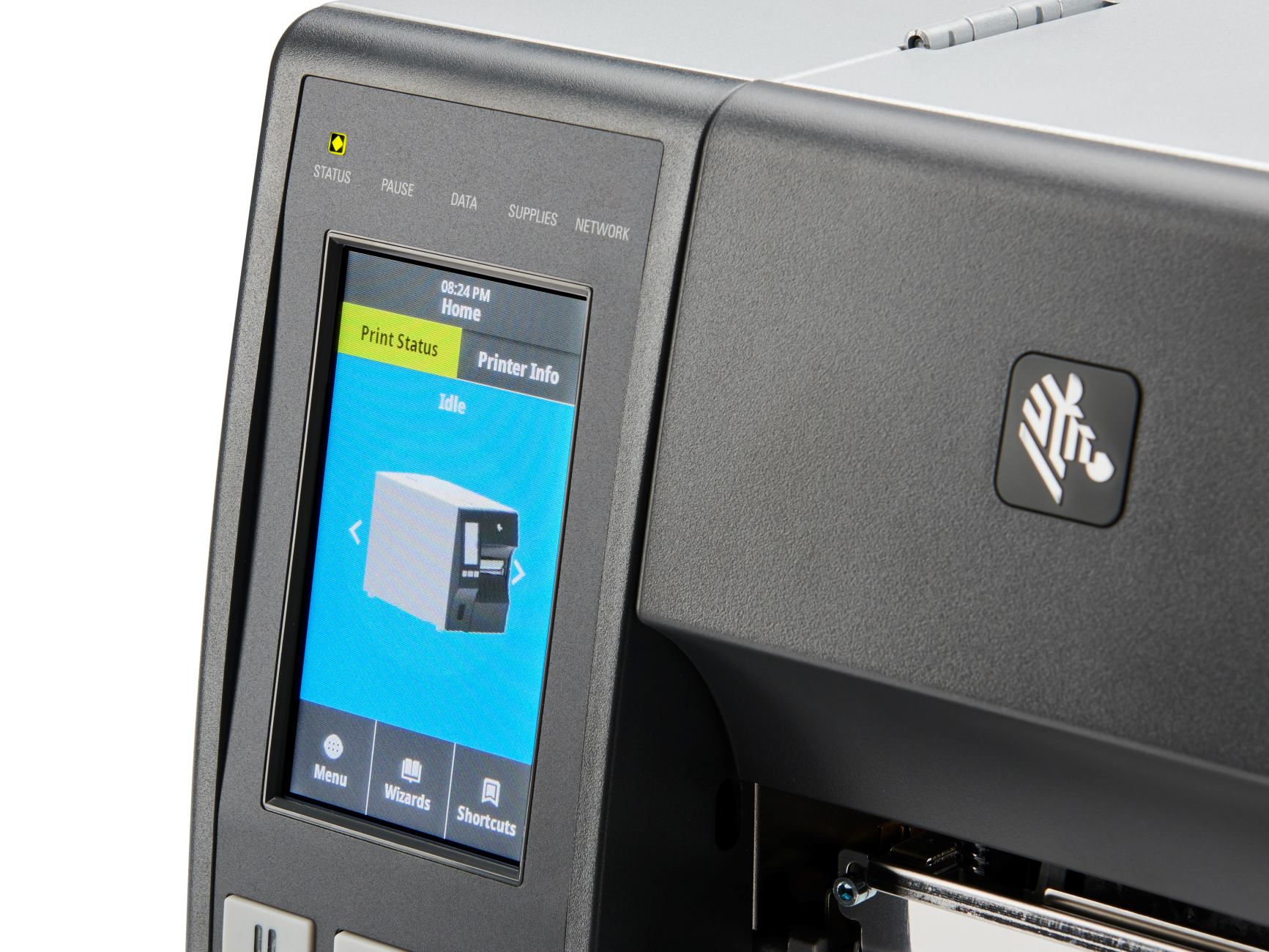

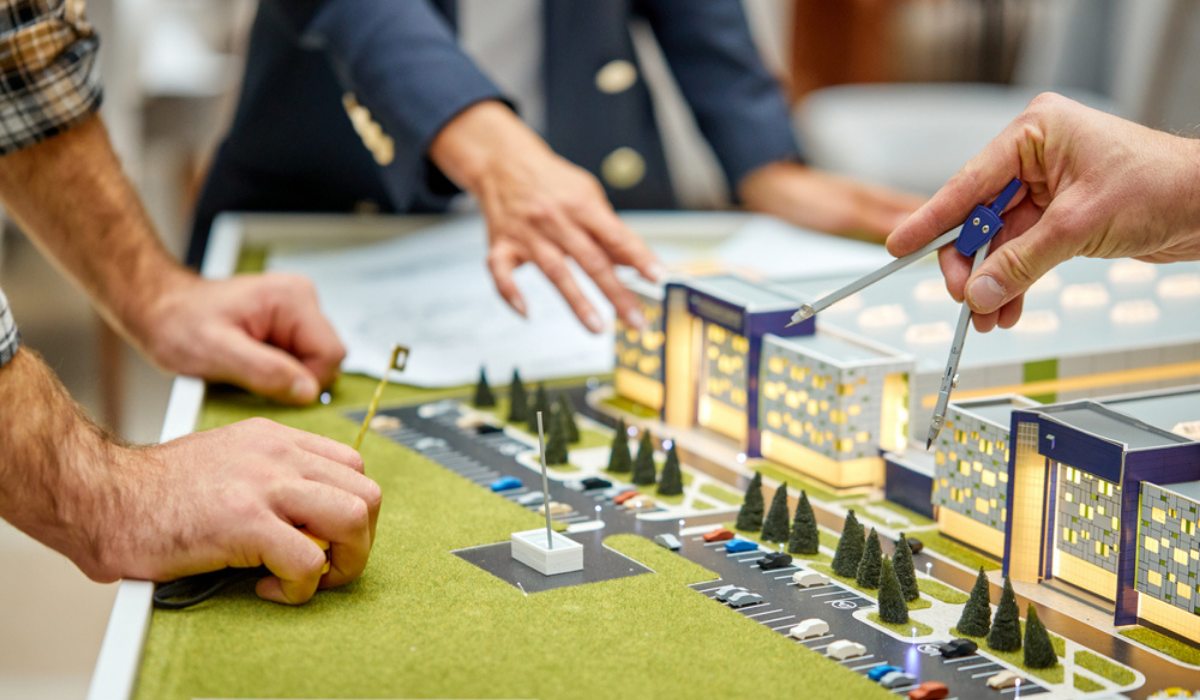
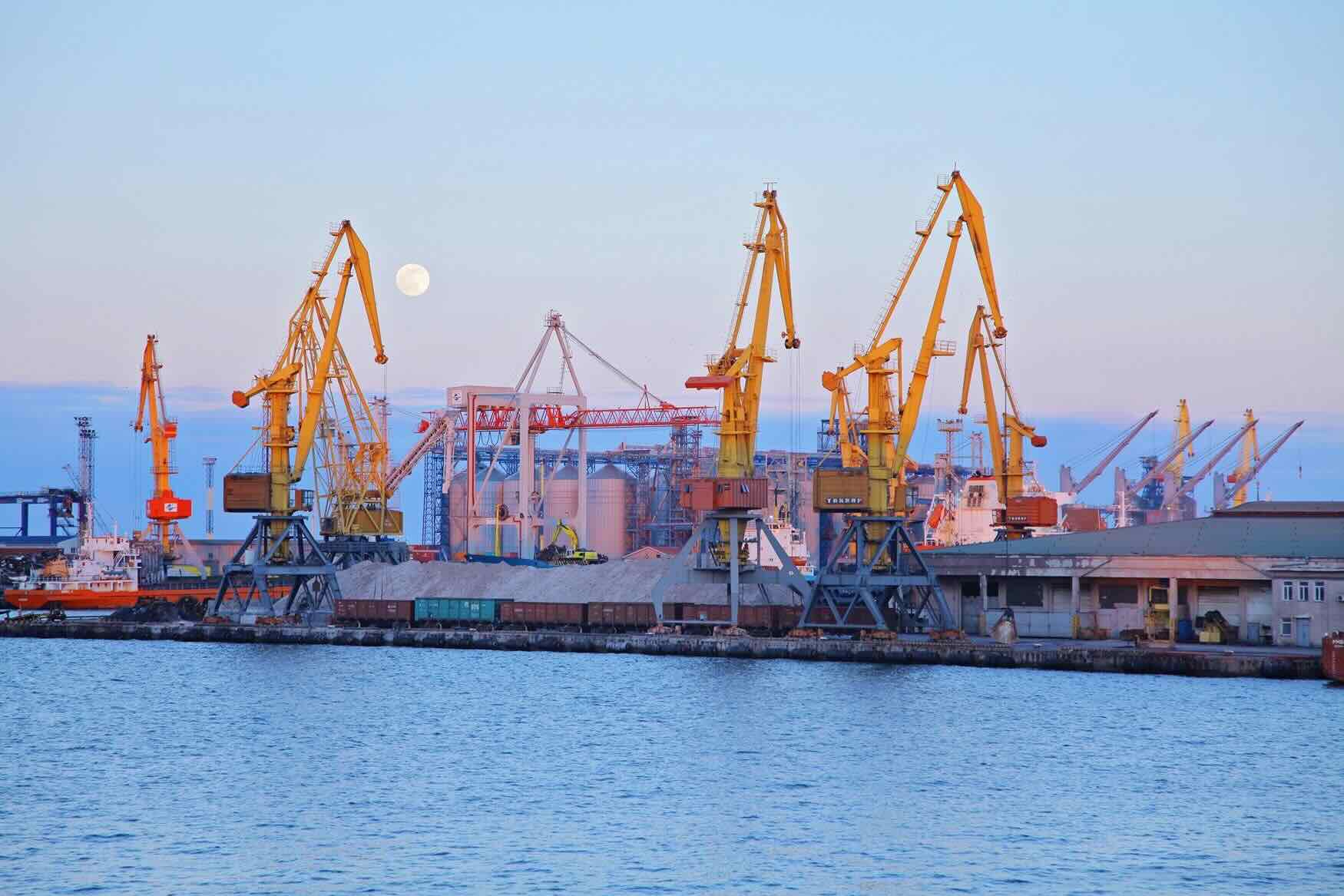


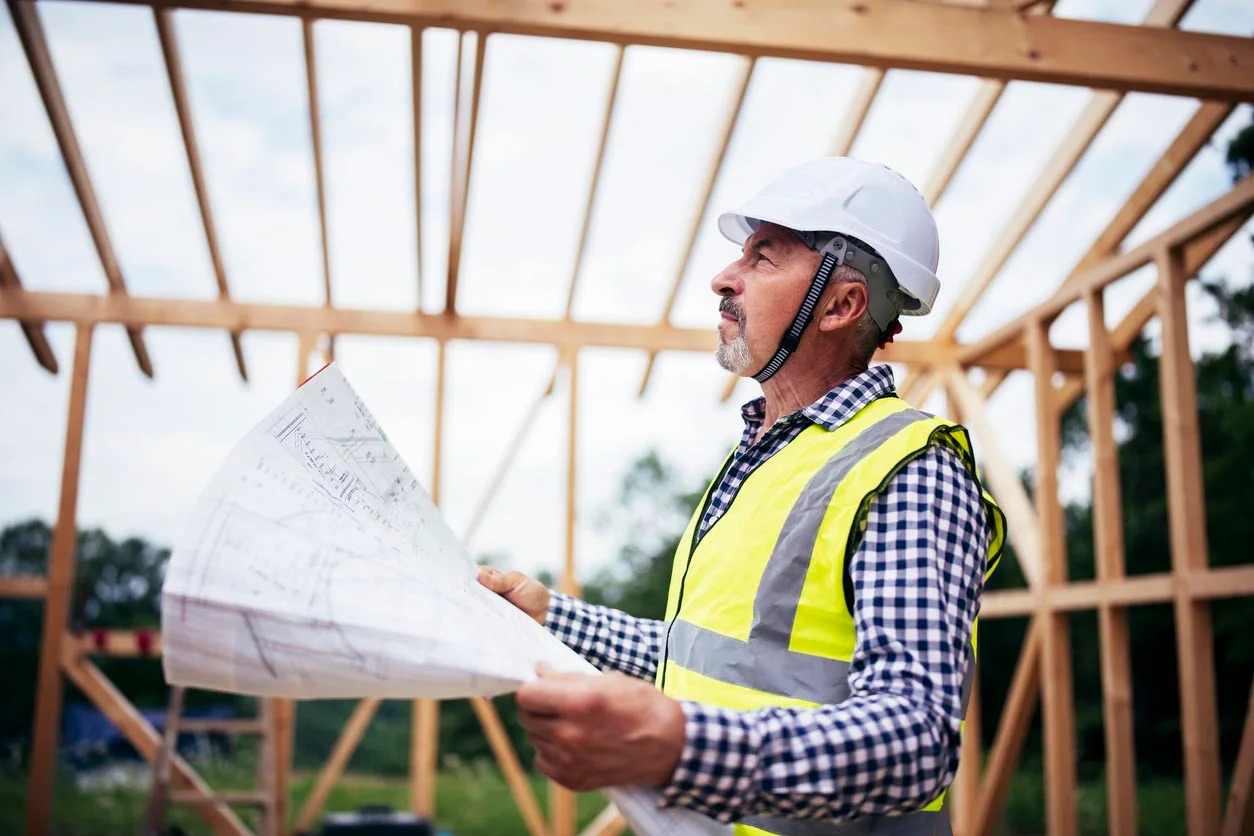
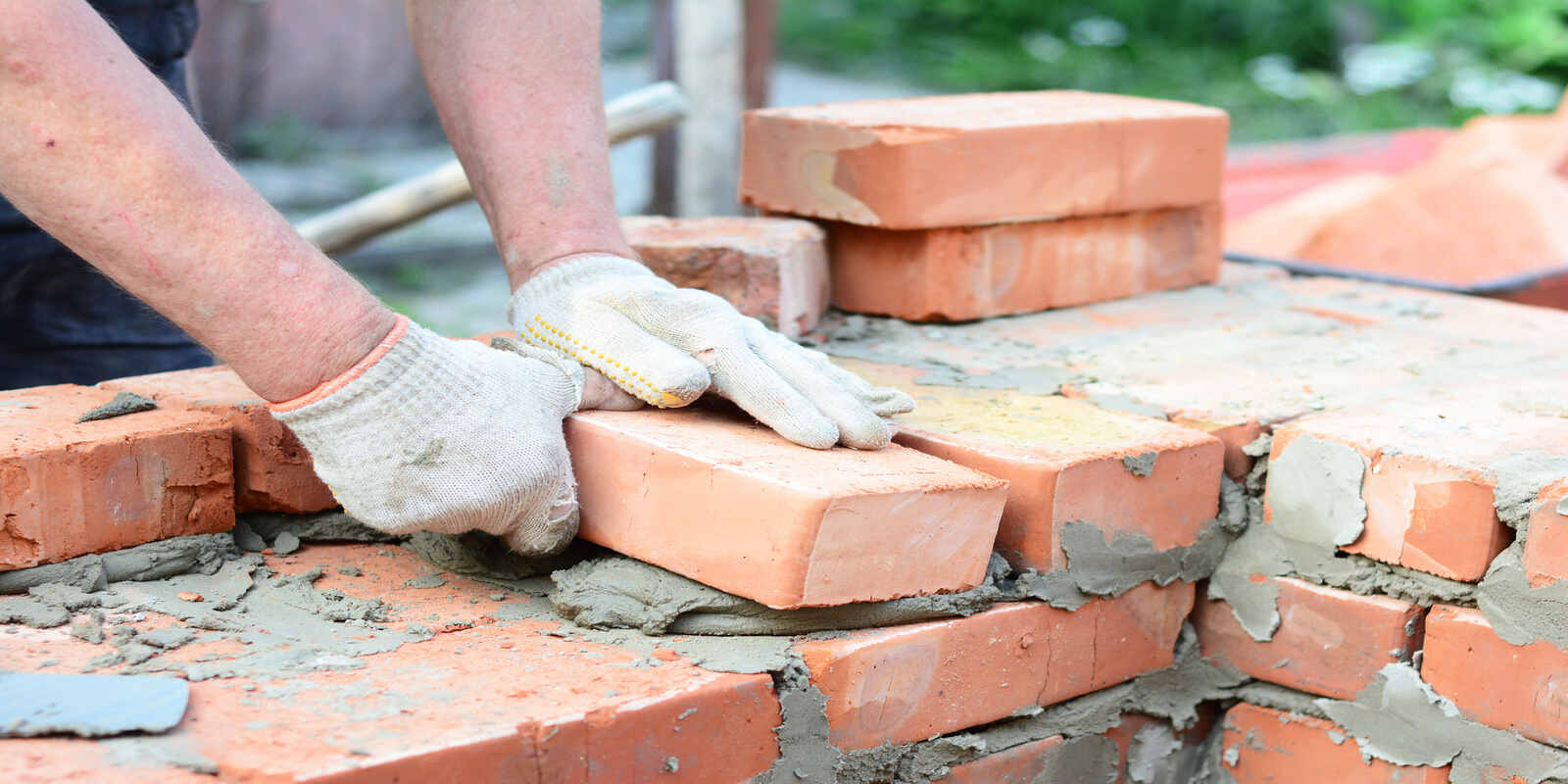

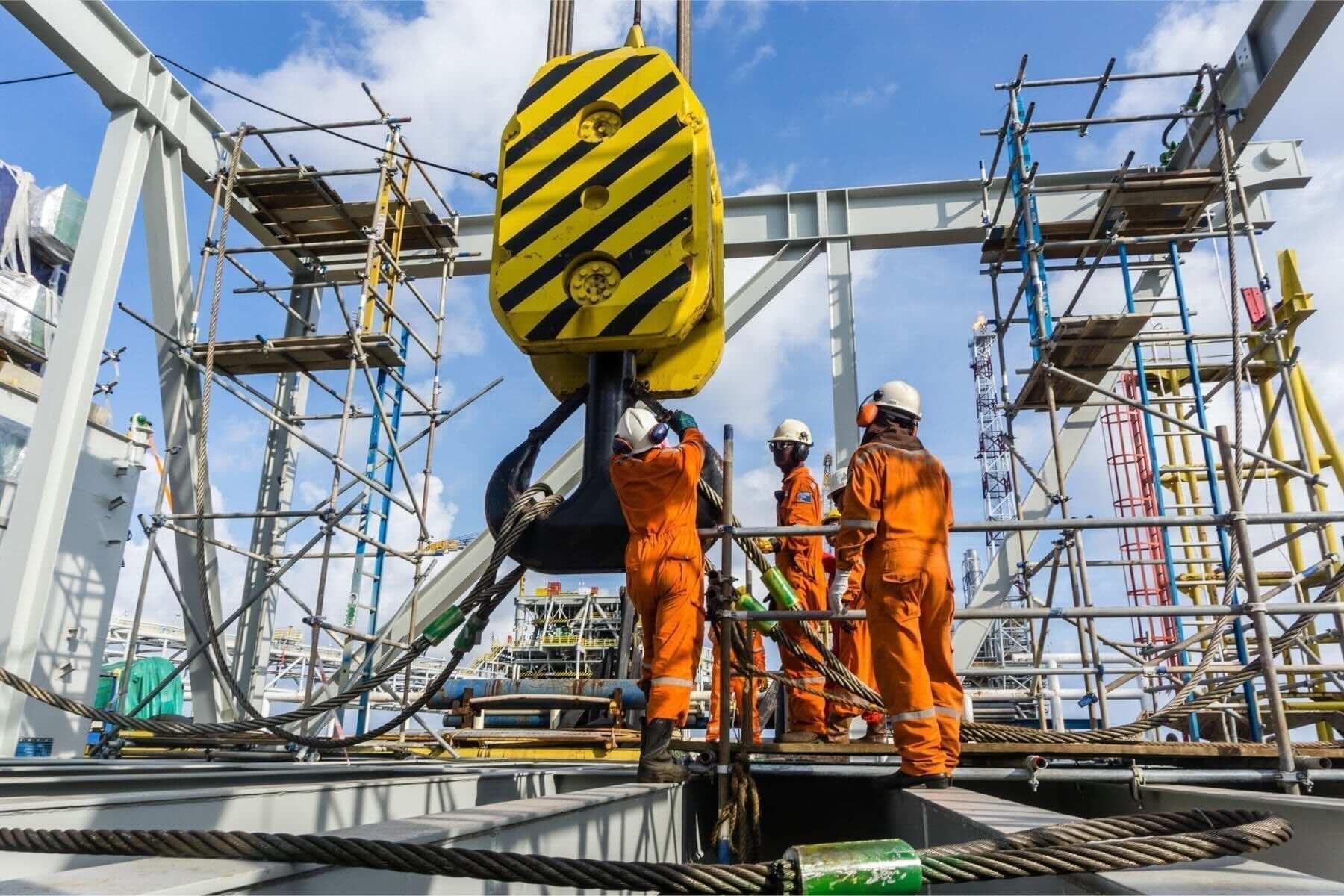


0 thoughts on “What Should Drivers Do When Approaching A Construction Area”